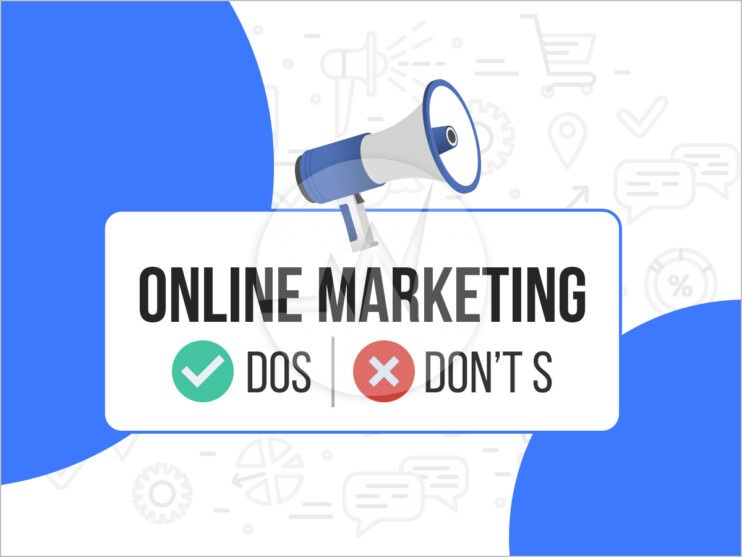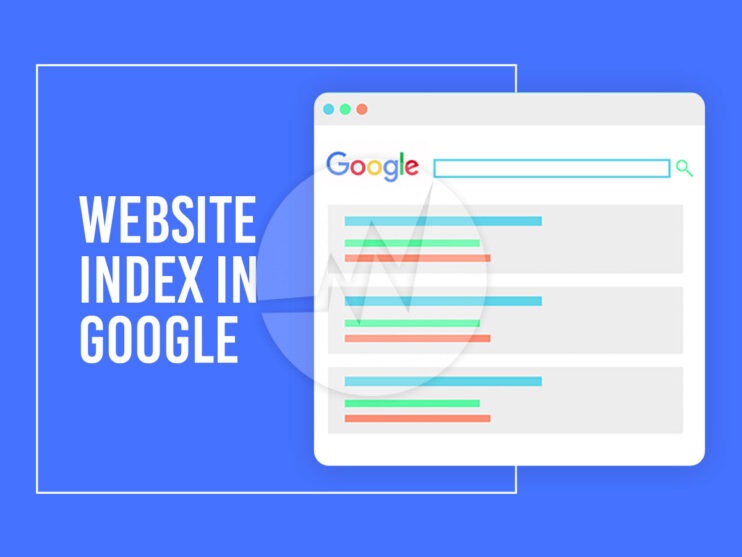Why duplicate content affects your search engine ranking?
Many website operators have already heard of this ominous “duplicate content” and that it is really bad when it comes to SEO. But what exactly is “duplicate content”, how does it arise and, above all, how to avoid Duplicate Content SEO? Because one thing is clear, duplicate content is actually a problem for the ranking of your website.
1. What is Duplicate Content?
Duplicate content is understood to be content/text that appears unchanged or very similar several times on a website. Also, there can be different URLs on a website that have exactly the same content. This is called internal duplicate content or, in the case of very similar content, of “near duplicate content”.
Of external duplicate content is when the same text can be found on different websites. This is the case, for example, when posts appear on multiple platforms.
For a good ranking on Google, the quality and uniqueness of the texts are crucial, i.e. content that is relevant to the user and does not appear anywhere else in this form.
2. What types of duplicate content are there?
2.1. Different versions of a URL
Different versions of a URL are classic duplicate content for Google. In practice this does happen that seldom, depending on the web project, e.g.
- Upper and lower case: example.com/example1 and example.com/Example1
- Different versions of the start page:
- example.com and example.com/index.php
- At the end, or not with “trailing slash”: example.com/example1 and example.com/example1/
- Different protocols:
- https://www. example.com and https:// example.com
- Various URLs of the same content, and only a few changes to the content, e.g. for events: example.com/event-xy-2020-06 and example.com/event-xy-2020-09
2.2. Filter in URL parameters and session IDs
Filters in ecommerce store often produce many URLs with the same content, e.g. due to variations in colors and sizes. This can be prevented by telling Google which page contains the original article. The so-called “Canonical Tag” is used for this and refers to the original page. This is usually integrated in ecommerce store, but it can also happen with non-ecommerce websites that many additional URLs are created here.
2.3. Boilerplate content
Boilerplate text (binder) is a text block that remains the same, usually at the end of a text. This should be avoided, especially if it is longer than the main text of the website.
2.4. Print versions
If the option to print the page is given on a page, another URL may be created which, apart from the images and the sidebar, has exactly the same content as the original, which is also duplicate content.
2.5. External duplicate content
Store often adopt the manufacturer’s texts, which is a problem as these can often be found on the Internet. Of course, it is clear that an ecommerce store with thousands of products cannot formulate all the texts itself, at least not right from the start. But in a smaller ecommerce store that has to compete against large providers, good product texts can have a positive effect on the ranking, quite apart from the fact that they are of course usually much more appealing to consumers.
If press releases or specialist articles are published on different platforms, this is also a case of duplicate content. However, if you want your own page to rank, it is advisable to first publish the article on your own website and only a few days later on the other platforms. It is important that Google records your website first.
3. Which duplicate content is not an issue?
3.1. Same content in the footer and in the sidebar
The fact that there is footer and a sidebar with the same content on every page is a completely normal thing and Google also gets along well with that. In this context, it is also important to know that links in the footer and sidebar are not seen as relevant as links in the main part of a page.
3.2. Translated content
If there is e.g. For example, if there are English and other language pages with translated content, this is of course not duplicate content, as these are different languages. However, you should make sure that the hreflang attribute is used, with which languages are specified in the HTML code. There are various plugins for WordPress that automatically insert this attribute.
4. Does duplicate content affect the ranking?
If there is too much duplicate content on a website, it can negatively affect the ranking. If many pages contain the same content, Google will not find any positive signals, such as the quality, the added value for the user or the uniqueness of the content. The duplicate content can prevent Google from quickly finding new and valuable content.
Another problem is the one-to-one copied content appearing on other websites. If your text is also published on other websites, it will be very difficult for your page to appear in Google search results. Because Google simply wants to show users the best page for their search query that offers real added value and satisfies the user. And that might not be your own page, but that of another website. So don’t expect your site to rank well if your own content appears on other sites. The same of course also applies if you publish the content of other websites on your own. Check out Content Optimization Tips to improve Google rankings.
5. Does duplicate content penalize the website?
Google claims that there is NO penalty for duplicate content because duplicate content is simply part of the internet. However, as mentioned above, they can negatively affect ranking.
Google would only penalize a website if it is the intention of the website owner to manipulate the search engine. However, this is often not the case and the duplicate content arises more from ignorance.
6. What about duplicate content on blog pages?
Blog systems such as WordPress generate teaser texts/marker texts on category and keyword/tag pages. Each category and each tag forms individual URLs. So if an article is assigned to several categories and several tags, there may be many URLs with the teaser text. The text appears several times on the website. Google has no problem with that, it’s not duplicate content.
The problem here is that there may be only one article under each URL. Google would then judge such a page to be of little relevance and describe it as “thin content”, i.e. as thin content that offers the user no added value.
If there are too many such pages on a website because there are X categories and tags, the website may not rank well. Therefore, for example, tag pages in WordPress are mostly excluded from the index. In WordPress this is done with the help of SEO plugins like Yoast’s.
7. Does text spinning make sense?
If you have the same content that should appear on several websites, the so-called spinning of texts, i.e. the easy adaptation of original articles, is no solution. Because the mostly automated changing of texts by replacing tiny text passages, filler words or the use of synonyms are still duplicate content for Google and the corresponding page will not appear well in the search results.
8. How do you check whether there is duplicate content?
The Google Search Console provides an overview of the pages that are in the index. With the help of an XML sitemap, you can tell Google exactly which pages should end up in the index and which should not. This saves you crawling budget and allows Google to find out which pages are important. A plagiarism tools are used to determine whether there is duplicate content on the website.
9. What should you watch out for in order to avoid duplicate content?
The best option to achieve a good ranking is of course to avoid duplicate content and to write unique texts specifically for your own website. Google wants to see informative and high-quality content and rewards it with a better ranking. The quality standard that Google sets here has steadily increased in recent years.
Some steps you can take to avoid duplicate or thin content include:
- Exclude categories and tag pages from the index, especially if you have a lot of them, but there aren’t that many articles for each category and each tag
- Pages that do not contain any added value set to <noindex> or exclude them in the robots.txt (please do not use both methods, just select one)
- For product pages with several variations, make sure that the canonical tag is set on the original page
- Make sure that the content management system does not output multiple versions of a URL
- Either avoid print versions of the website entirely or also set them to noindex or exclude them in robots.txt (or do not offer a print version at all).
- Avoid and consolidate very similar content on the website
Conclusion
As far as SEO goes, duplicate content is a problem even if there is no website penalty. But Google lacks positive signals when there is little unique content that could add value for consumers. In the absence of these signals, your website doesn’t have that many chances of ranking well. Copied content in any form is also not an option for a sustainable SEO strategy. It is important to get rid of or at least reduce duplicate or near duplicate content.
If your website might be suffering from duplicate content issues, without you even knowing. We are happy to assist you. If you are looking for content writing, content marketing strategies, SEO content marketing, SEO, online marketing, social media marketing, search engine optimization services, digital marketing services, PPC campaign management service and more, Please Explore our SEO Services!







